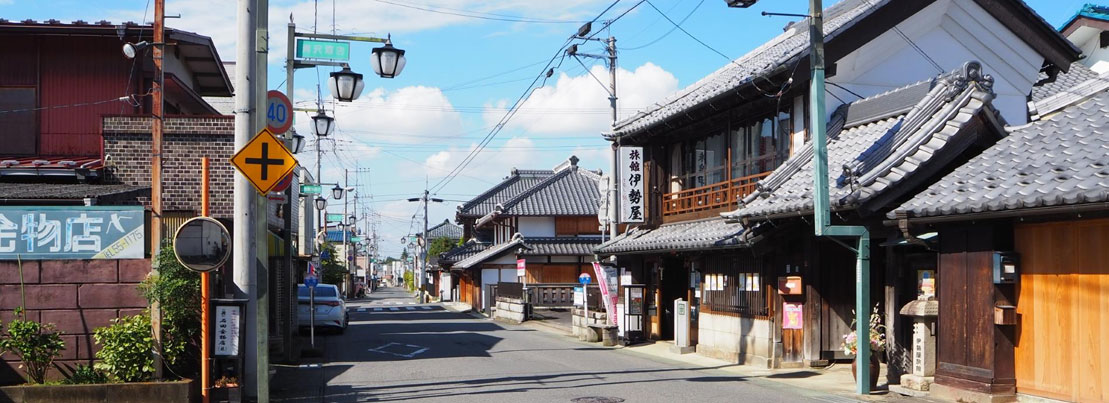
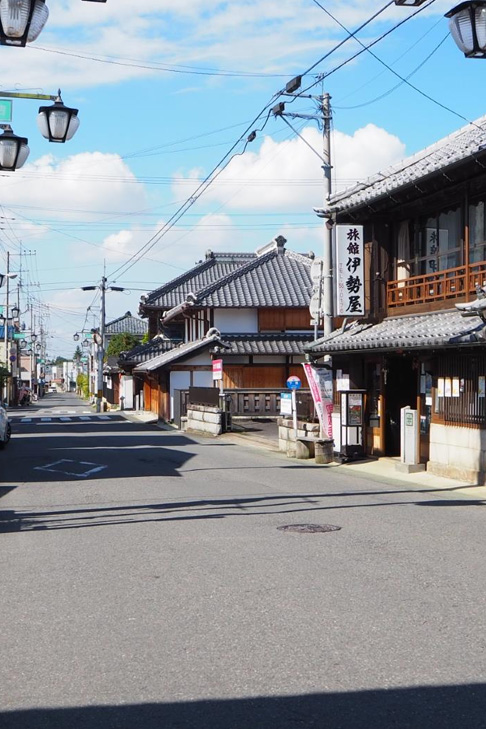
真壁町
茨城県西部に位置し、地元で産出する真壁御影石による石材
加工業と農業が盛んな町です。
歴史は古く、真壁氏が本拠として真壁城
を築いたことに始まり、江戸時代には笠間藩の一部となり、城下中央に
真壁陣屋が置かれました。陣屋があったところを中心として、市街地に
は古い町並みが広がっており、現在102 棟が国の登録文化財となっています。真壁の特徴の一つは、中世城下町と近世陣屋町の遺構を残す町割
りで、戦国時代末期の真壁氏時代に形づくられ、江戸時代初期の浅野氏
時代に完成したといわれています。
江戸時代とほとんど変わらない町割
りの中に、蔵や門などの歴史的建造物が息づいています
Makabecho
This town, located in the western part of Ibaraki Prefecture, enjoys a thriving stone masonry using granite produced locally in Makabecho, in addition to a flourishing agriculture business.
Its long history started when a man named Makabe constructed Makabe Castle as his headquarters, and this became part of the Kasama Clan in the Edo era, with the Makabe encampment being placed in the center of the castle. Focusing on the encampment, the atmosphere of an old town began to spread around the city, and currently, 102 buildings are registered as national cultural assets. One feature of Makabe is the distinctive layout of the town, and the remains of a Medieval castle town as well as a modern encampment survive to this day. This layout is said to have been shaped during the Makabe clan period at the end of the Sengoku (Warring Nations) period and completed during the Asano Clan period at the start of the Edo age.
Historical buildings, such as warehouses and gates, live on in a town layout virtually unchanged from the Edo period.
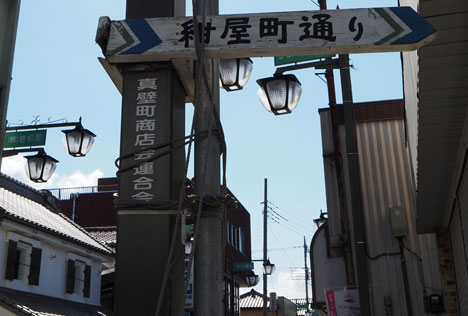
真壁石燈籠(まかべいしどうろう)
鎌倉時代に誕生した伝統工芸品で、真壁地方が日本三大石材
産地とされるほど石材業が発展していたため製作されるようになりました。真壁石灯篭の起源は 16 世紀頃、
この地で仏石作りが始まったのが起源とされています。江戸時代には石灯籠が常夜燈として地域の神社に奉納され、技術も向上していきます。
明治維新後は真壁石が建築材として用いられるようになり、生産規模は拡大しました。現在では庭園に置かれる製品も生産しています。現在、真壁
石灯篭は経済産業省指定伝統的工芸品に指定されています
Makabe Stone Lanterns
This is a traditional craft created in the Kamakura age, and this came to be produced in the Makabe region as it developed into one of the three major stone masonry production sites in Japan. Makabe stone lanterns are said to have originated in the 16th Century when the construction of Buddhist statues made of stone started in this area. Stone lanterns were dedicated to local shrines as night lights during the Edo period, and techniques were also improved during this time.
Following the Meiji Reformation, Makabe stone began to be used as construction materials, and the scale of production was expanded. Currently, we also produce products for the garden, and Makabe stone lanterns have been designated as a traditional craft by the Ministry of Economy, Trade and Industry.
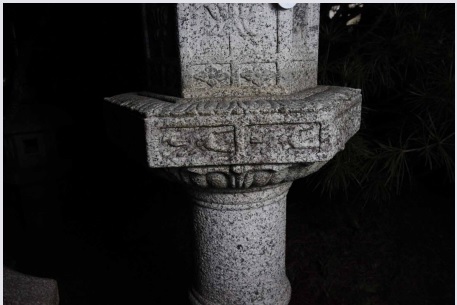
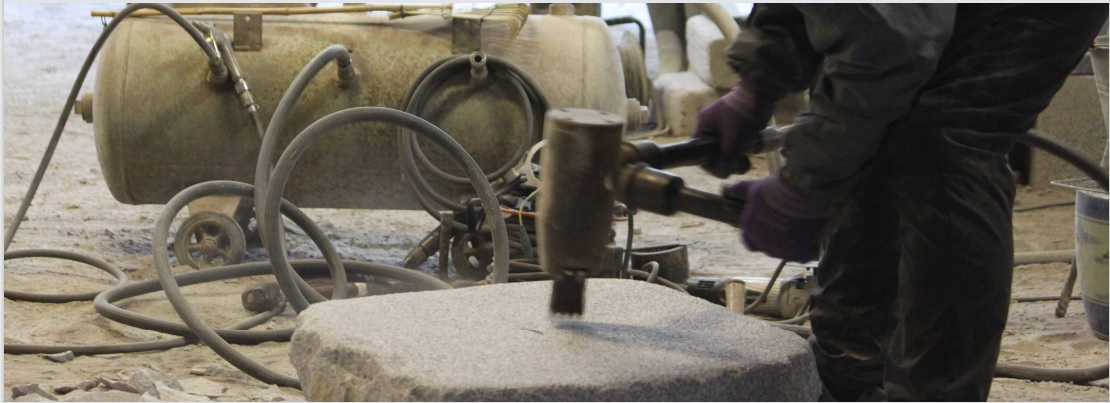
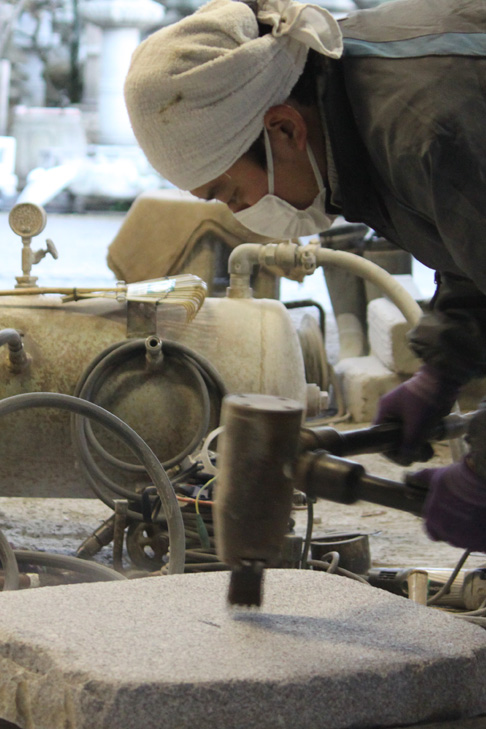
日本の伝統を次世代につなぐ
日本人は古来より石を大事に使って参りました。石を使って生活を豊かにし、多くの石造物を作り、中には手を合わせて信仰の対象としてきました。石造物の一つ灯籠は伝統的な日本の照明の1つで、仏教とともに日本に伝わり、奈良時代から多く作られるようになりました。
年代や用途によって色々な種類の燈籠があって、その燈籠には一つ一つに作った人の思いや歴史が隠されています。私たち大関石材店は、真壁という場所で燈籠が何百年も前から続けられてきたという技術・技法を前の世代から受け継ぎ、それをまた次の世代に伝えるという伝統技術と想いの継承を、燈籠という形でこれからもお客さまに提供してまいります。
Linking Japanese Crafts to the Next Generation
Japanese people have valued the use of stone since ancient times. Using stones in a way that enriches their lives, they have made many stone structures, some of which have become the object of worship. One such stone structure, the lantern, has been used traditionally as a means of lighting in Japan, and many have been made since the Nara period, after being introduced to Japan along with Buddhism. A wide variety of lanterns have been developed according to the age and their usage, and each lantern encapsulates the thoughts and history of the person who made it. We, at Ohzeki Stonemasons, will continue to provide our customers with lanterns using technology and techniques continued in Makabe for centuries, which have been inherited from the previous generation, and will also be passed down to the next generation.
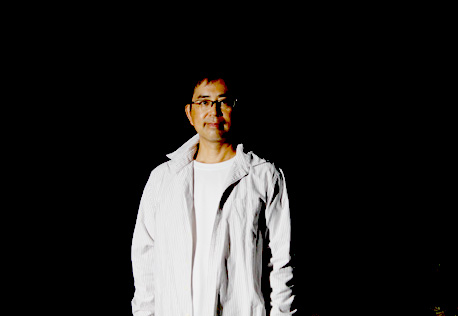
Ohzeki Stonemasons President Katsutoshi Ohzeki

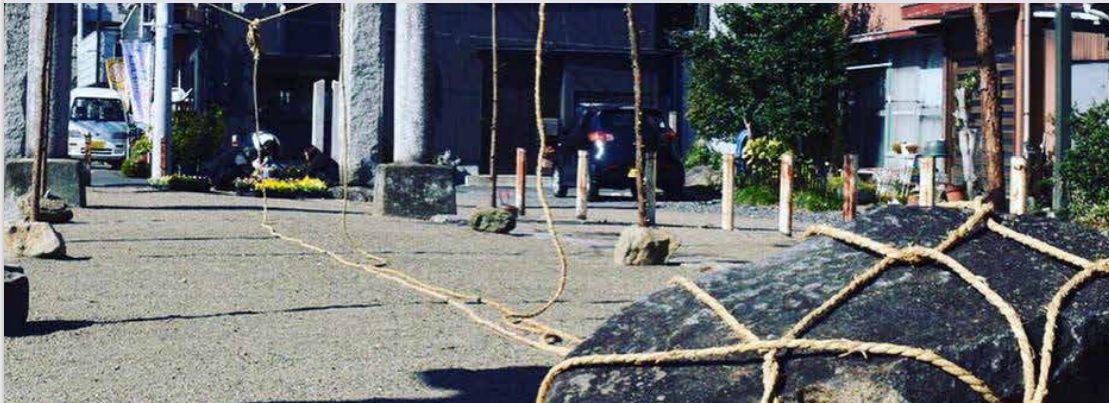
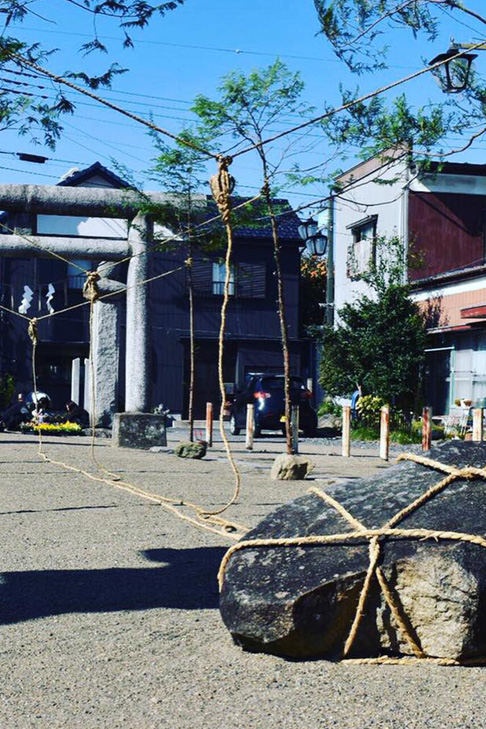
真壁石灯籠を世界へ
海外で日本文化への関心が高まっています。
それは昔から日本人は自然から四季を感じ、住まいの中にも自然を感じられる庭を形成してきたことに共感されたからかもしれません。
実際、海外から来られ購入して帰国されるお客様がいらっしゃいます。
こうした自然と調和していく文化を世界中の庭園に取り入れ、日本とは違う表情を見せる真壁石灯籠をあちこちで見られる日が来れるよう世界への発信を続けていきたい。
The World of Makabe Stone Lanterns
Interest in Japanese culture is growing overseas.
Interest in Japanese culture is increasing overseas. This may result from empathy for the way that Japanese people feel the four seasons of nature and have formed gardens that allow nature to be sensed in the place they live. There are even customers who come from overseas to purchase the product for use in their home countries. Our aim is to incorporate this culture of harmony with nature into gardens around the world and communicate to the world the fact that the day is coming when Makabe stone lanterns with a different look to those in Japan will be seen in various places.





